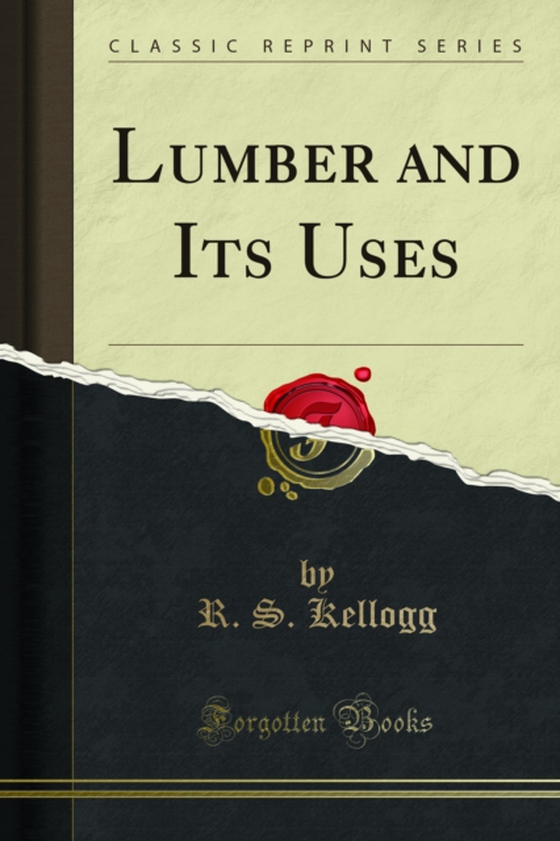
Lumber and Its Uses e-bog
85,76 DKK
(inkl. moms 107,20 DKK)
Whilst the greatest effort has been made to ensure the quality of this text, due to the historical nature of this content, in some rare cases there may be minor issues with legibility. In addition to the cells whose length is paral lel to the trunk of the tree, wood also contains other layers of cells of a different character whose length is at right angles to the trunk of the tree. These cells...
E-bog
85,76 DKK
Forlag
Forgotten Books
Udgivet
27 november 2019
Genrer
TNTC
Sprog
English
Format
pdf
Beskyttelse
LCP
ISBN
9780243752027
Whilst the greatest effort has been made to ensure the quality of this text, due to the historical nature of this content, in some rare cases there may be minor issues with legibility. In addition to the cells whose length is paral lel to the trunk of the tree, wood also contains other layers of cells of a different character whose length is at right angles to the trunk of the tree. These cells occur in thin sheets radiat ing from the bark toward the pith, and form what are called the pith rays or medullary rays of wood. They are best seen on a quartered section, and are what gives the beautiful, flaky appearance to quartered oak and sycamore. The pith rays are less conspicuous in beech, maple, and birch, and are scarcely or not at all visible to the naked eye in the pines and many other woods.
 Dansk
Dansk

